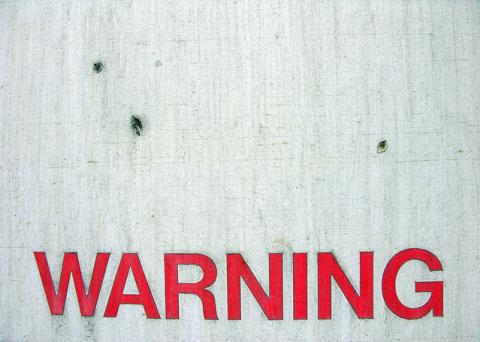Back to the Basics: Fault Detection
Analyzers designed to industry standards incorporate malfunction indicators and relay outputs for most potential detectable faults, such as:
- low sample flow
- downscale reading
- electrical fault in sensor wire
It is essential to connect these to the control system so that the operator is notified and the process reverts to a safe condition during an analyzer malfunction.





